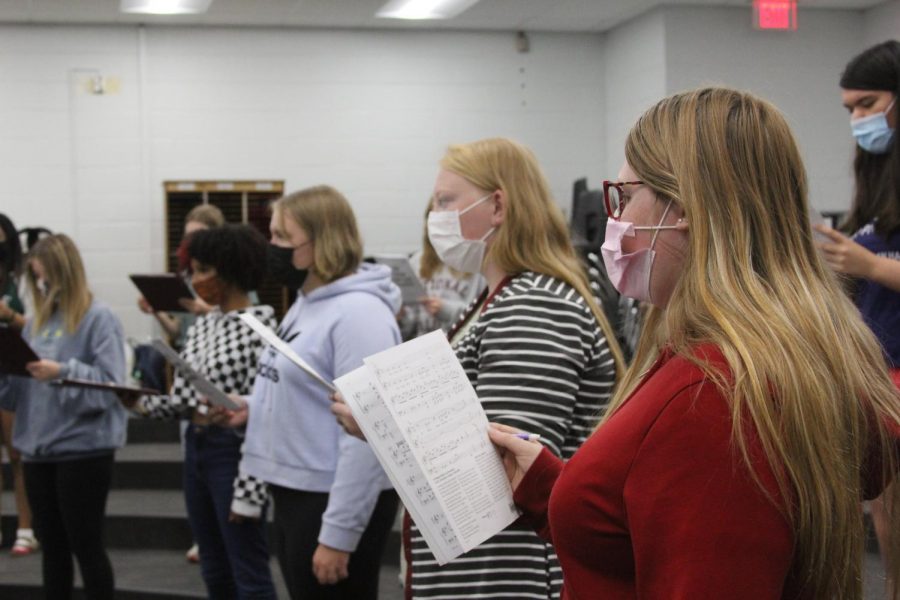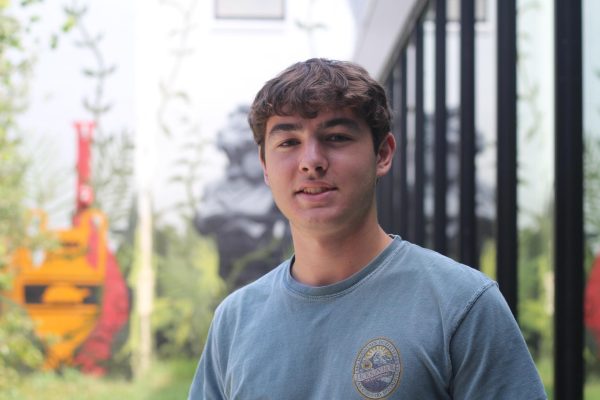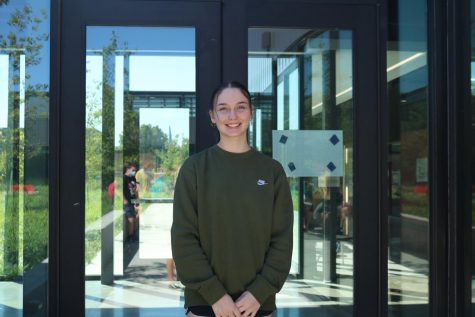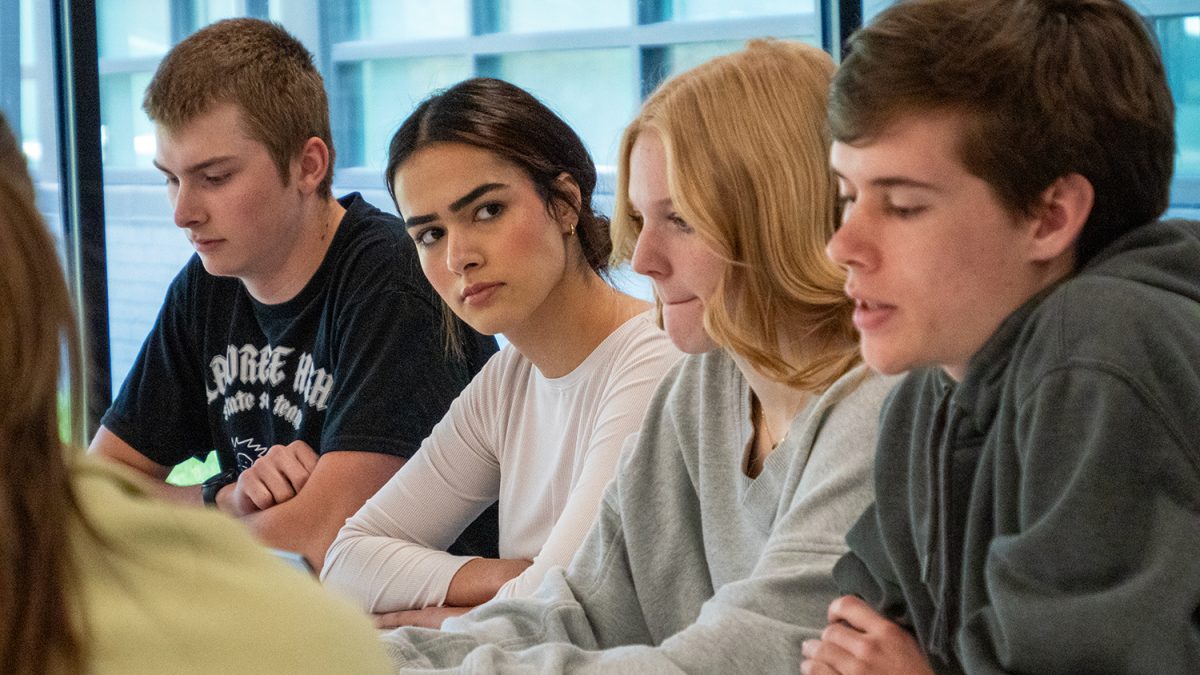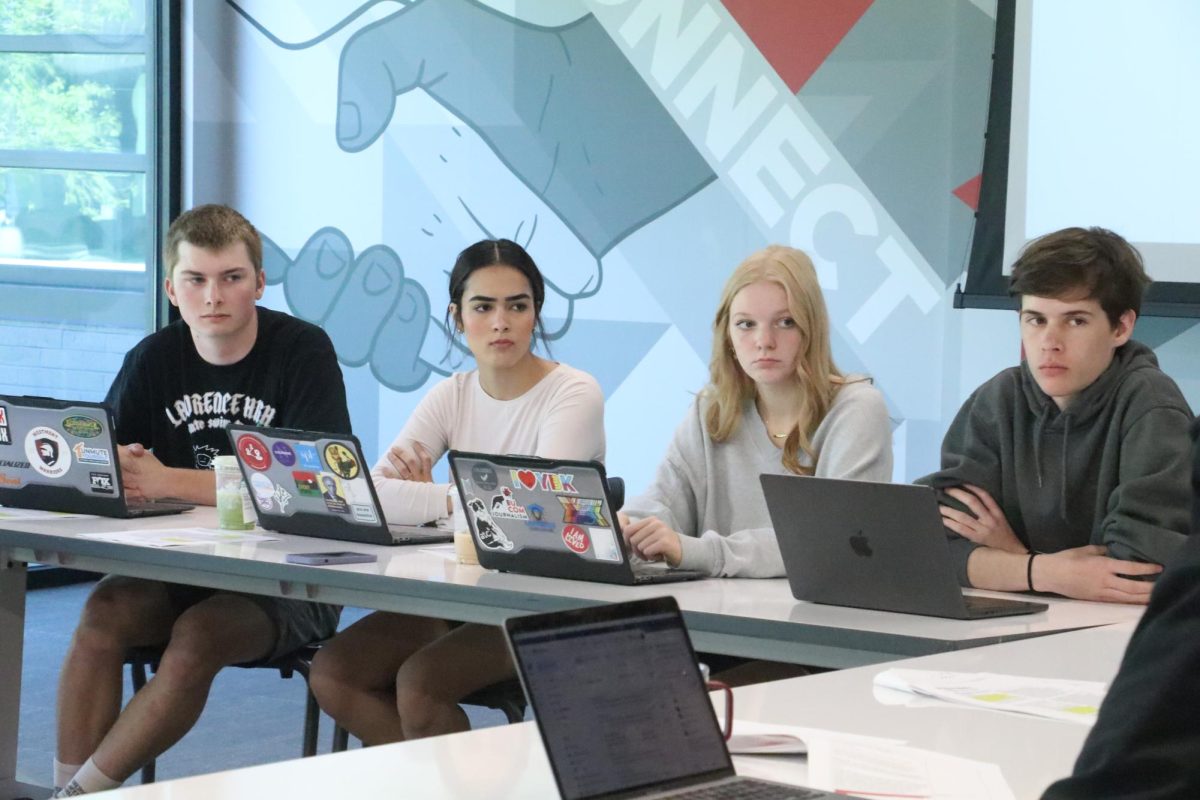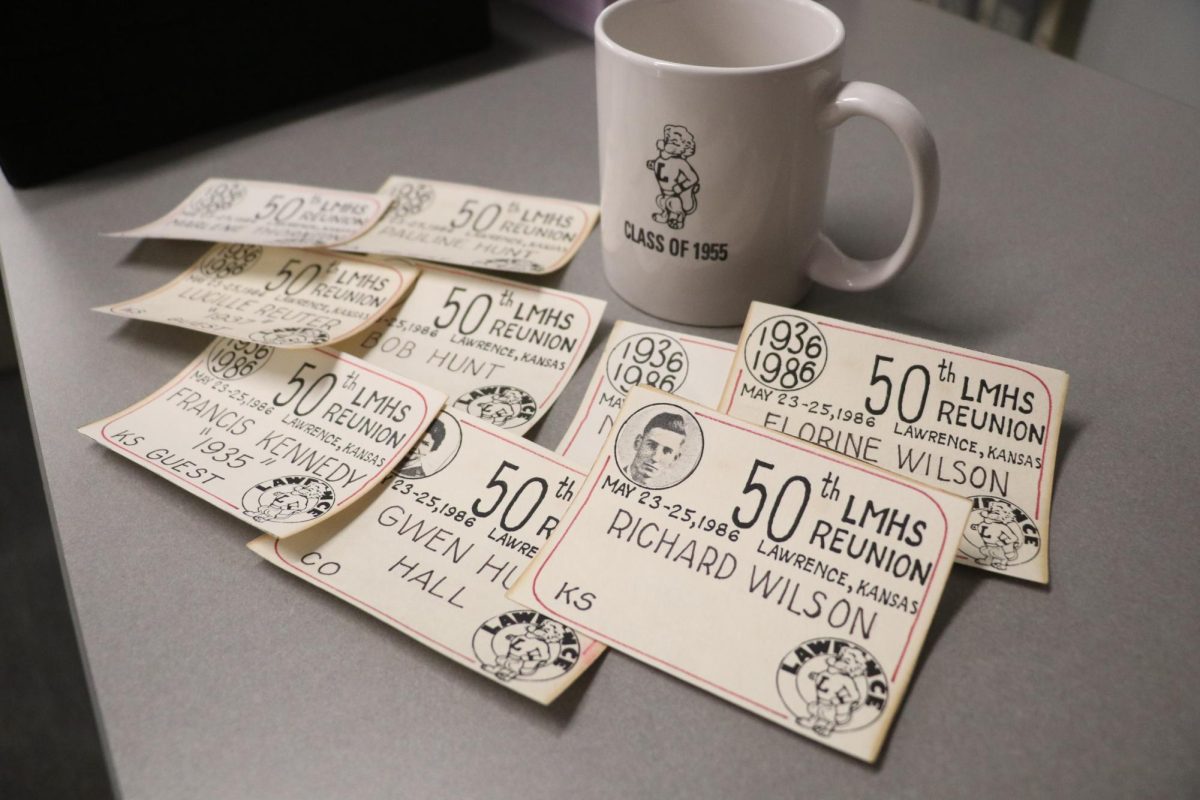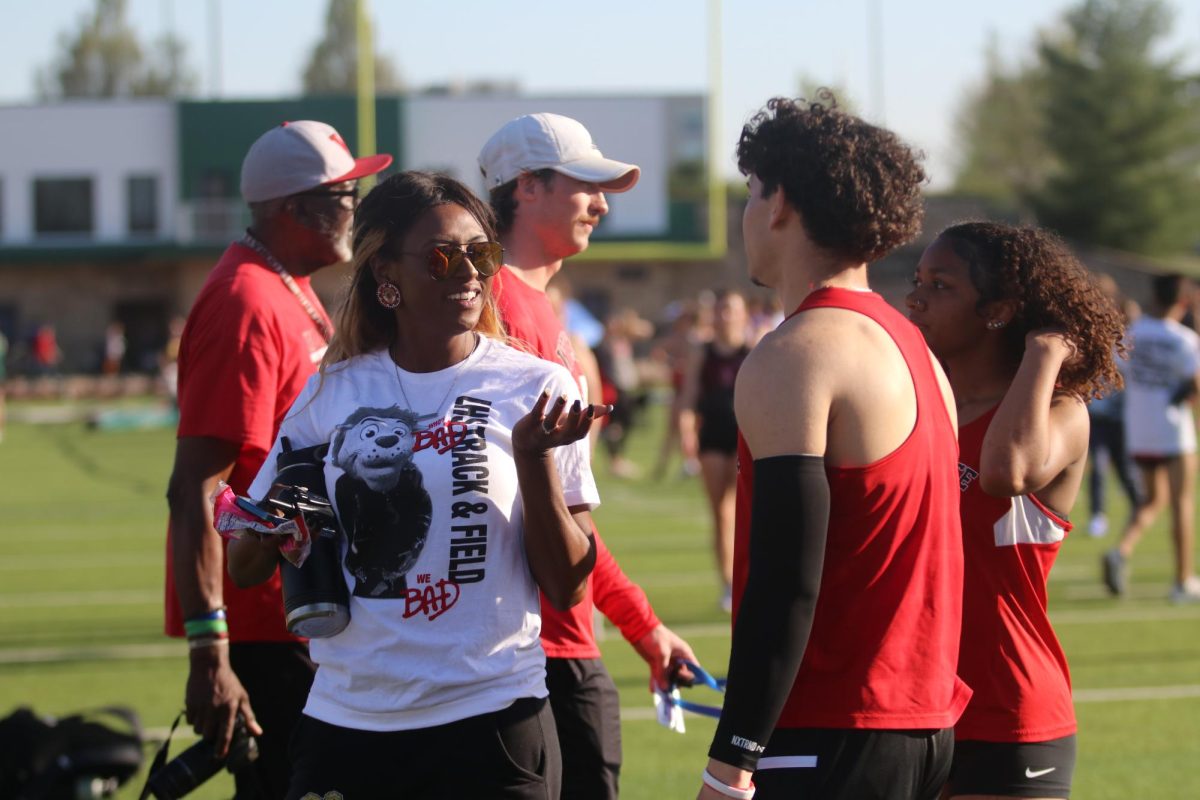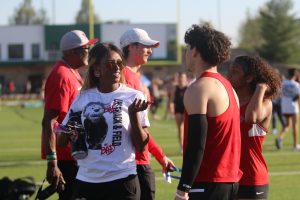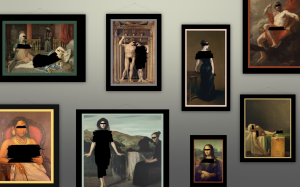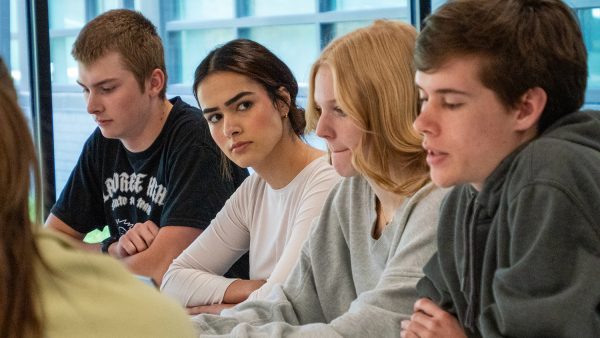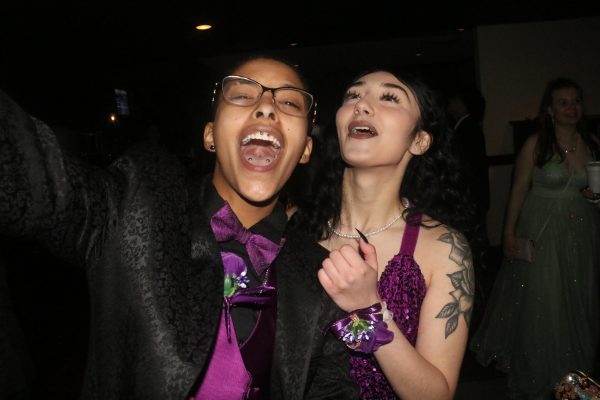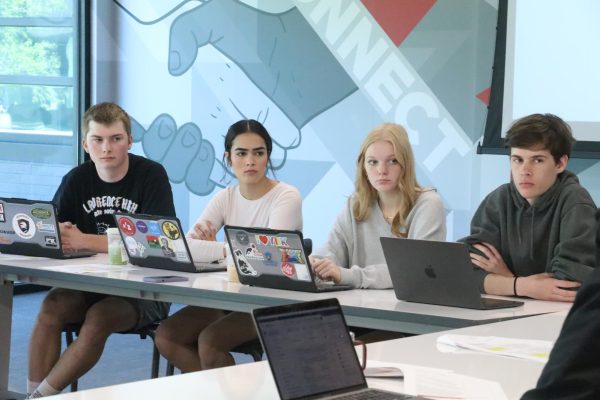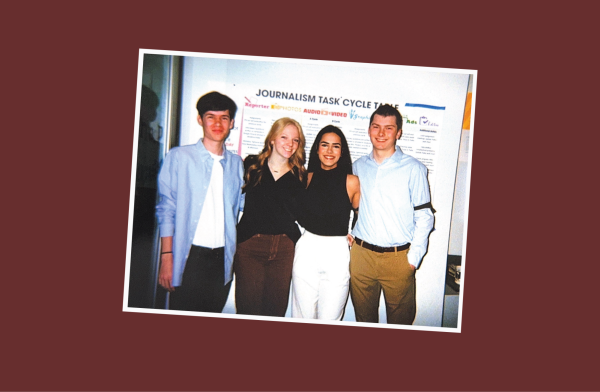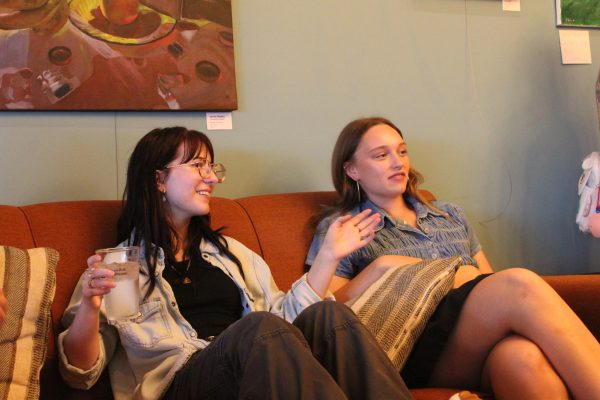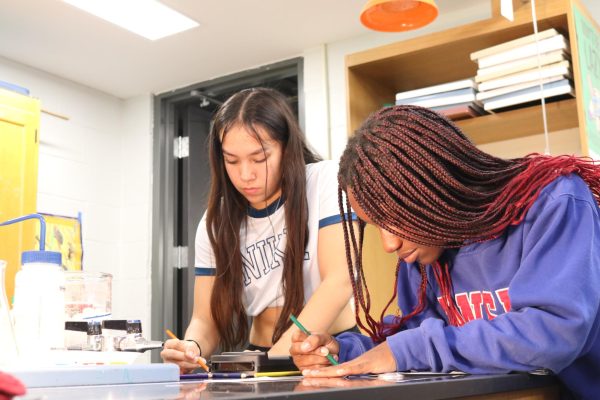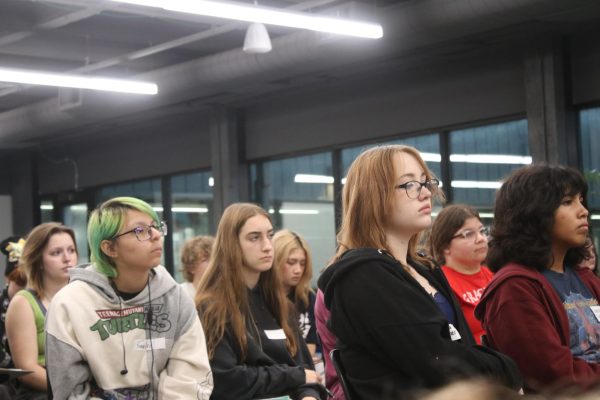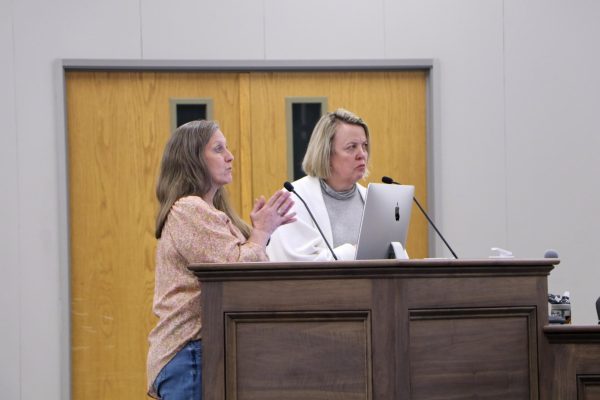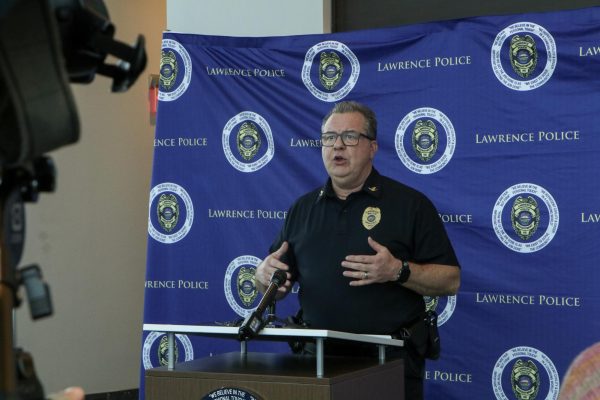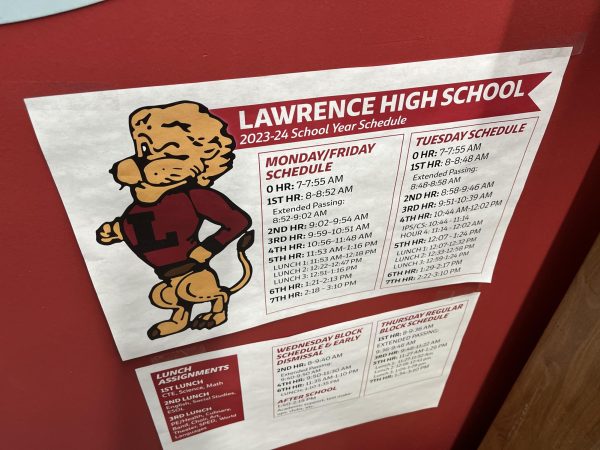Mask wearing continues to impact speech-focused classes
In classes where speaking and diction are key, masks pose a unique challenge for teachers and students alike
Students practice their choir selections, with masks, before the fall concert.
October 6, 2021
This year students are back in person but still continue to wear masks, impacting how a normal classroom functions.
“Seeing how your teacher’s mouth moves is a very important part of a language class,” junior and French student Arbor Mulligan said. “Language is a lot about speaking and seeing other people’s mouths move. That’s kinda one of the main things that is difficult to see when we are trying to learn and pick up a language.”
Teachers create videos of them speaking and show videos of other people speaking in the language so students can see diction and how their mouth is supposed to move when speaking the language.
“She sometimes will make videos of her talking so we can watch her mouth,” Mulligan said. “Also we watch other people in class on youtube.”
Students with a visual learning style are impacted greatly and are not able to see their teacher’s mouth as much as in a normal language class environment.
Masks have also proved to be a challenge for speaking oriented classes. The Lawrence High debate team is having challenges it has never had to experience before. They have to focus on articulation and volume through a mask.
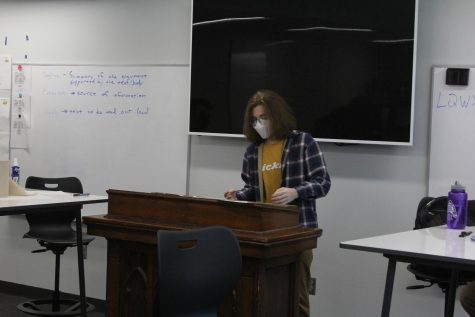
“It has affected us quite a bit. The students giving speeches have to work a lot more on articulation and volume, because when we go to a debate competition we will have to give those speeches wearing masks and we need the judges in the room to be able to hear us clearly,” Jeff Plinsky, head debate coach said. “We will spend a lot of time working on articulation drills and things like that.”
The debate team is not going to let this hold them back and is working very hard to find solutions and adapt to working in masks.
“We practice a lot. We have invested in some mask spacers to help hold the mask away from the mouth so while they are speaking their mouth doesn’t rub up against the mask,” Plinsky said. “We have not done so yet but we are going to experiment using the choir masks. We are going to experiment using those and see if maybe those will make it a little easier to be understood. For us it is all about being understood.”
Even if you are fully vaccinated you will still wear a mask during competition to preserve safety and avoid inequities.
Choir is all about using your mouth and lungs and the airflow. Masks are very hard for choir because they have to be singing the whole class and in other classes you talk much less.
“Wearing the mask affects the way you sing because when you breathe in the mask really constricts on your face and that just affects the air flow and the way that the choir as a whole sounds and the individuals sound,” senior a cappella choir student George Fletcher said.
“It makes it a little harder to hear and understand. Diction is way different so you got to be very careful with that. You gotta be very clear, very pronounced and you got to put a lot of volume and sound into your voice,” Fletcher said.
Wearing masks poses a difficult struggle to the entire school, but as a whole, they have been able to adapt to the new reality.



